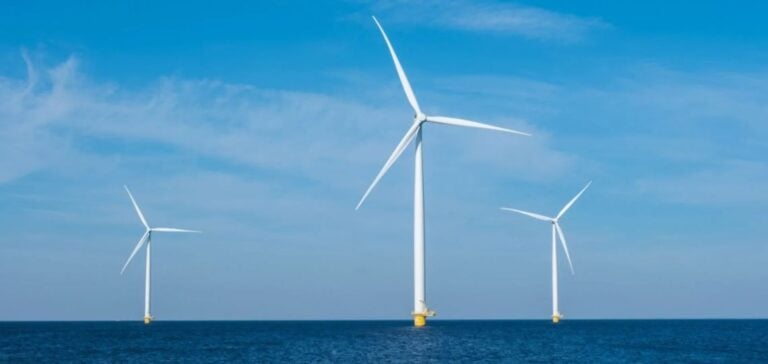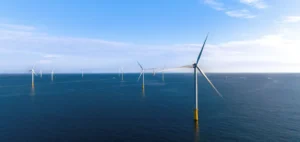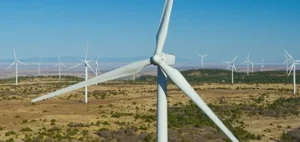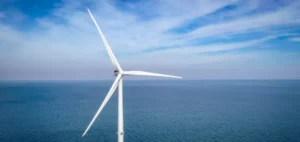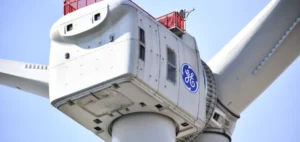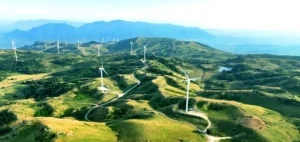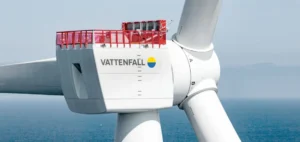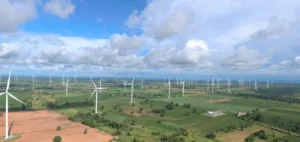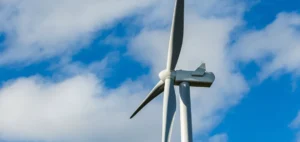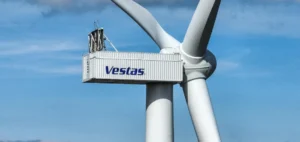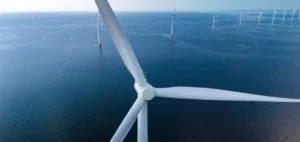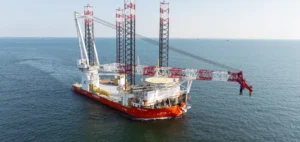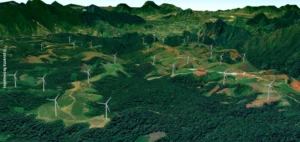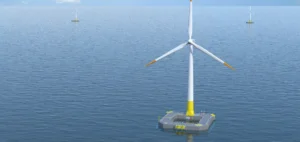The Bureau of Ocean Energy Management (BOEM) has officially granted final approval for the SouthCoast project, an offshore wind farm designed to generate up to 2.4 gigawatts of electricity. Located near the coasts of Massachusetts and Rhode Island, this project is considered a key component of the U.S. energy strategy, aligning with ongoing efforts to diversify the country’s energy sources and strengthen its energy independence.
The SouthCoast initiative includes the construction of 141 wind turbines and five offshore substations, along with the installation of eight submarine cables across two corridors, with interconnection points potentially located at Brayton Point or Falmouth. Estimates suggest that this infrastructure could supply power to up to 840,000 households in the northeastern United States.
Adjustments to mitigate economic and environmental impacts
In its decision, BOEM incorporated recommendations from various economic and political stakeholders, as well as representatives from local communities and marine industries. These considerations led to the removal of six turbines in a critical zone to reduce disturbances to marine habitats and certain fishing activities.
These adjustments reflect the increasing complexity of offshore projects, where economic, environmental, and political considerations intersect. The ability of projects like SouthCoast to balance these demands will be pivotal for the continued development of offshore wind in the United States.
A strong political signal in the energy landscape
The approval of SouthCoast comes as the U.S. administration seeks to accelerate the deployment of renewable energy. Since 2022, six commercial auctions for offshore zones have been held, including initial sales in the Pacific, Gulf of Mexico, and Gulf of Maine. This expansion aims to strengthen the U.S. position in the global wind energy market while fostering job creation in sectors such as shipbuilding and logistics.
However, these advances come with regulatory and economic challenges, particularly concerning the integration of projects into an often congested electrical grid. Investments in transmission infrastructure remain a critical issue for maximizing the impact of offshore wind projects.
An economic model to confirm
The development of SouthCoast is part of a broader trend where public-private partnerships play a key role. The reliance on local labor agreements and the increasing importance of domestic supply chains signal a strategic shift toward localized industrialization of the wind sector.
Analysts, however, highlight that the economic model of offshore wind projects remains under pressure, notably due to high construction costs and fluctuations in energy markets. The long-term profitability of these initiatives will largely depend on their ability to secure competitive financing and sustained political support.


